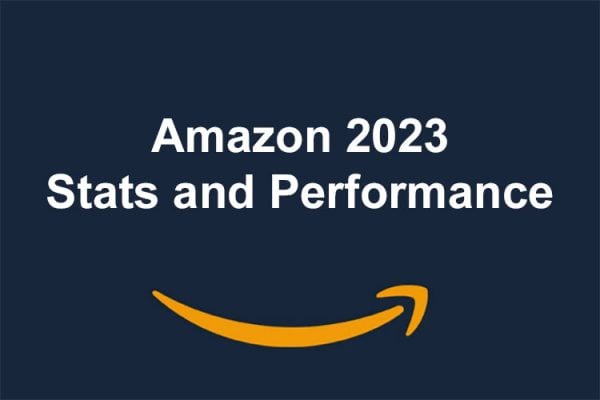Third-party sellers, brands, and consumers are all trying to crack the apparent Amazon algorithm of how reviews and promotion can get products exposed. Today as a guest writer for Tamebay, Sophie Light Wilkinson, VP Marketing EMEA, Bazaarvoice, argues that it’s time for Amazon to fess up and truly provide clear transparency on how it manages its marketplace:
One of the many strengths of established online marketplaces is the sheer breadth of products available to purchase. Whether you’re looking for headphones or sunglasses, you’ll find plenty of options that fit the bill and are readily available to be added to one shopping basket
But this amount of choice can be a double-edged sword. Most of us are looking to find what we need and make a safe, informed decision as quickly as possible. Today, a simple search for ‘bluetooth headphones’ could turn out well over a thousand listings.
Wouldn’t it be helpful if the marketplace could manage all these listings to highlight the best option based on your criteria?
This is what many of us hoped was behind the introduction of ‘Amazon’s Choice’. A clear label adorning highly reviewed items to help shoppers focus their time on high quality products.
However, in a recent exposé, so called ‘Amazon Choice’ labels were found to be promoting fake and flimsy products. In several cases, items had received barely any positive reviews and were being sold by unrecognisable vendors.
Content curation
This brings to light an important issue about the curation of both product listings and customer content. With fraudulent third-party sellers successfully gaming the system to be promoted above authentic brands, it’s clear whatever processes Amazon had in place have failed.
Consequentially, consumers are at breaking point. Many are voicing their complaints across Twitter, hoping to warn off others from falling foul of the same mistakes. For many retailers, constantly having to source, manage and review product listings across their web and mobile marketplaces is no small undertaking, but such stories are likely to strike a chord.
An ecosystem of trust must be maintained by weeding out fake content, and encouraging consumers to share genuine feedback. It’s a virtuous cycle for brands and retailers, as this kind of curation creates an environment top brands want their products to be listed on, in turn giving retailers the very best products to list.
Brand insight
One of the greatest missed opportunities we’re still seeing from the largest marketplaces, is treating customer content purely as a sales piece. Beyond ensuring a good customer experience, this content also plays a key role in enabling better business conversations between brands and manufacturers.
Consider something as simple as a t-shirt. When a customer buys a t-shirt online they’re working off several assumptions regarding the fit, colour and materials used. Upon arrival, any number of these could jar with their usual experience of the brand.
For the business to be responsive to the needs of its customers, any issues need to be spotted and acted on quickly within the supply chain. Authentic ratings and reviews are the key proof point in these conversations, reaffirming the changes that manufacturers must make to deliver on their client’s brand promise.
The process highlights yet another danger where businesses take insight from fake or misleading reviews. In many cases brands could be ignoring fundamental product flaws and even be changing products to suit the needs of fake reviews.
What brands must remember is that while unmanaged content is a slippery slope, there’s equal opportunity to create a virtuous cycle of better insights, powering better experiences and improved product quality.
Products need (some) negative reviews
Negative reviews are unavoidable. Over a third of consumers in the UK are now accustomed to leaving negative reviews for products they’ve bought online.
But as has been discussed, a product isn’t necessarily at fault for a bad experience. Sometimes negative reviews can raise important issues in the marketing and positioning of products.
They are also crucial in helping to build credibility and trust among customer bases, particularly in light of recent research finding growing suspicion around five star rated products. It’s a trend Amazon appears to have acknowledged with its ‘4 Star Stores’, so why not apply this rule more widely to address fraudulent product listings across the marketplace?
It’s time for Amazon to fess up and truly provide clear transparency on how it manages its marketplace. The changes consumers are clamouring for are achieved by simple modifications in how ratings and reviews are handled by the business – appreciating their true value as key insights into products, brands and supply chain.











One Response
I am attempting to buy an electric razor, the degraded review system is spectacularly obvious. Amazon, fix your review system or get rid of it as an increasing embarrassment.